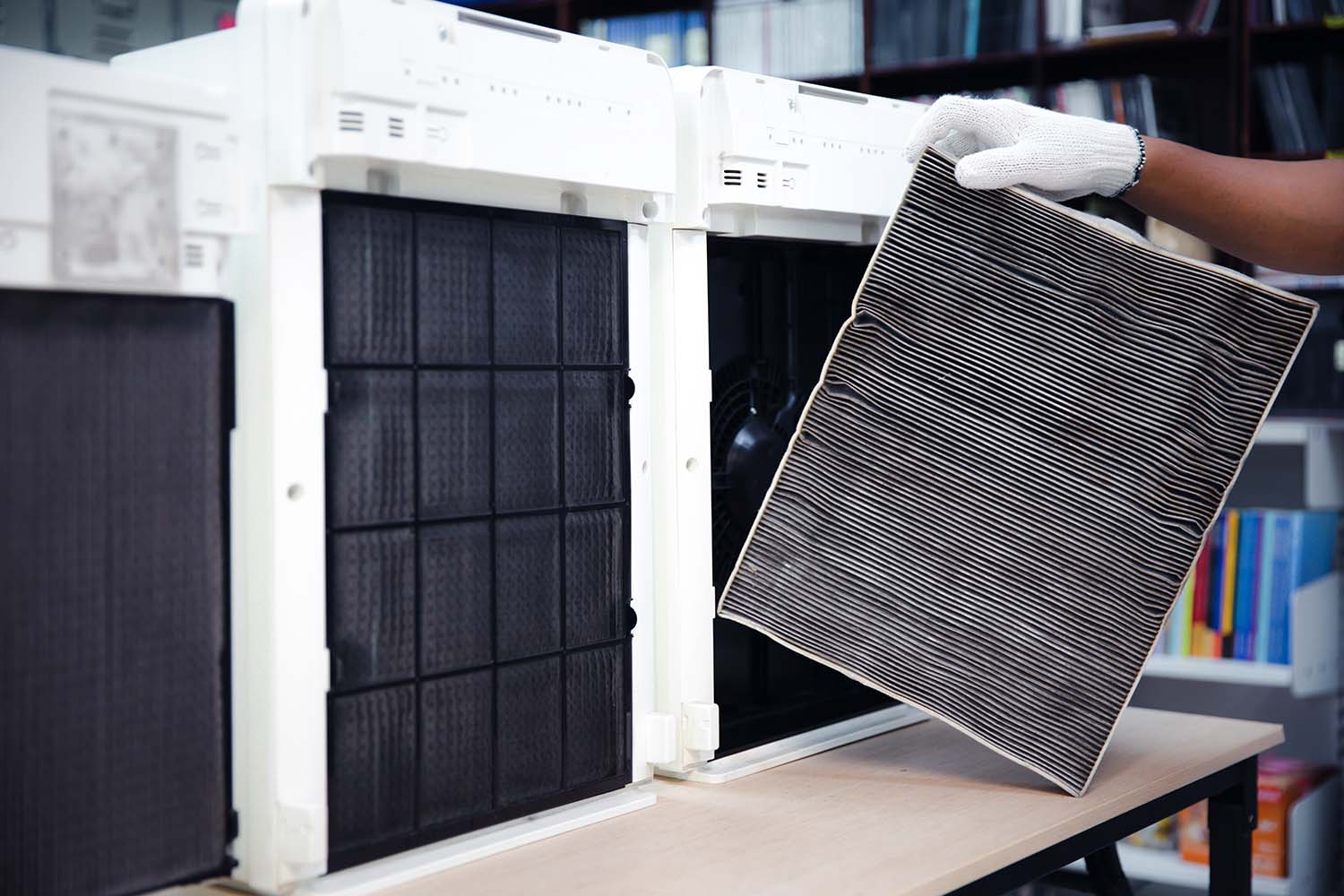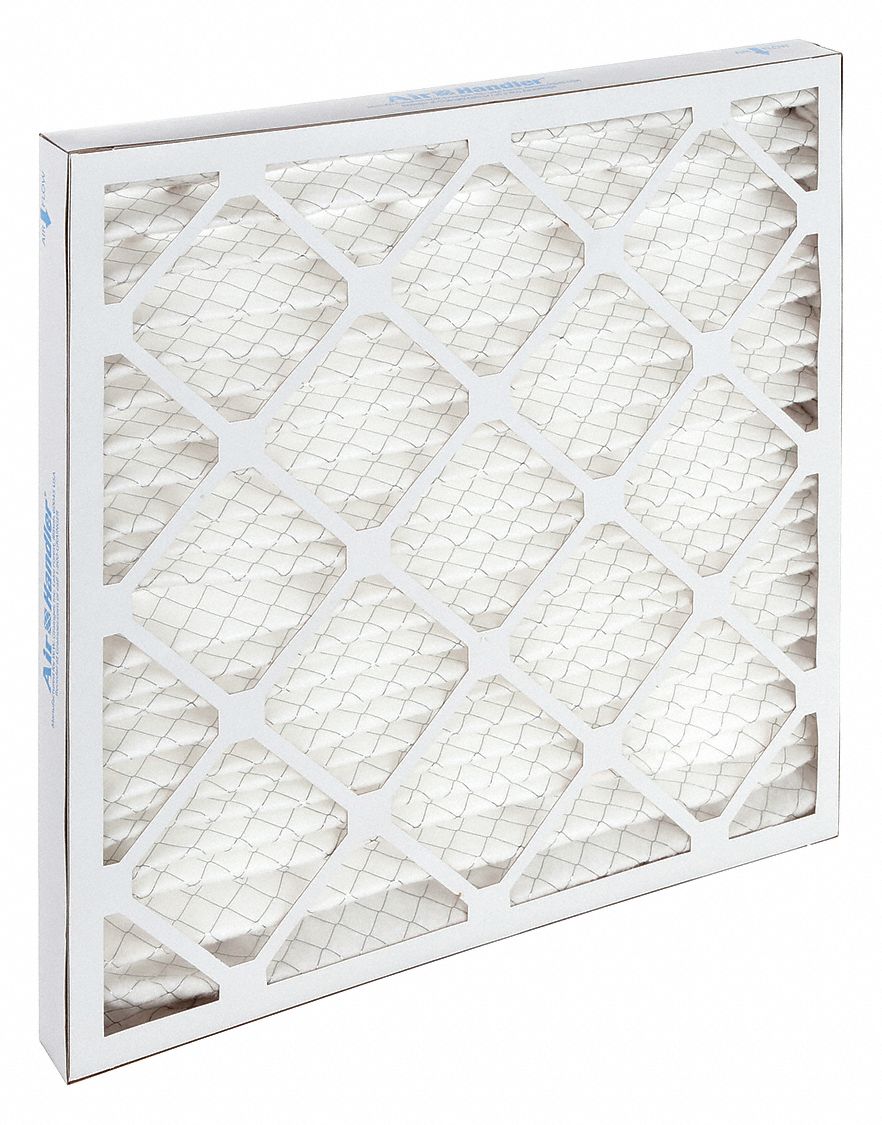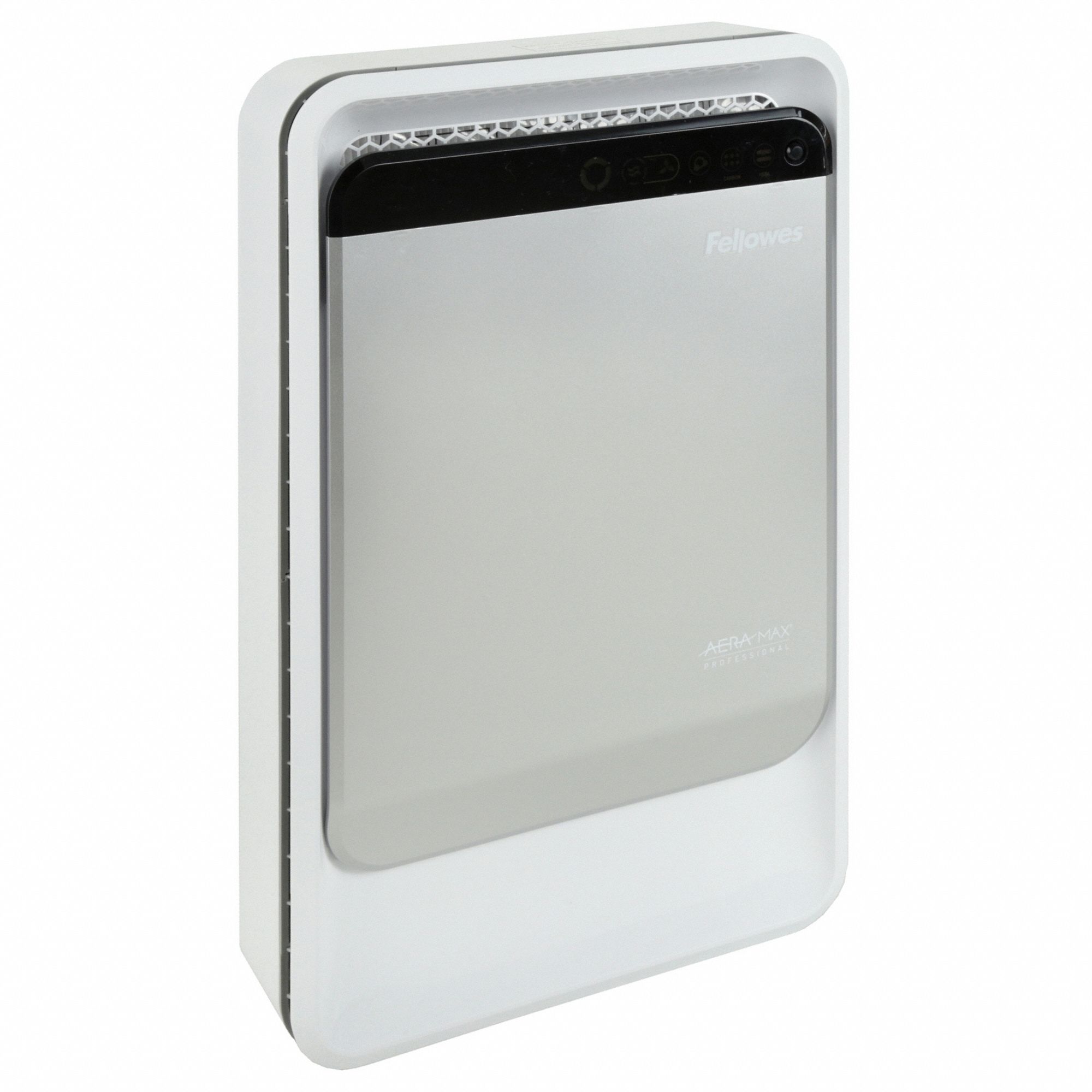

One Way HVAC Helps Prevent Illness – and How to Tell it's Working
By Grainger Editorial Staff 10/31/23


Viruses are bad for business. Seasonal cold, flu and other respiratory infections are to blame for tens of millions of lost workdays and billions of dollars in productivity impacts across the U.S. each year. And for those at high risk for life-threatening infections, the consequences of illness are potentially much worse than a few days away from work.
Businesses can help prevent the spread of respiratory illness. Making sure that employees can and do stay home when they’re sick is one important management strategy. But there are also operational changes that can make a difference. In particular, improving building ventilation can reduce the spread of illness, according to the National Institute of Occupational Safety and Health (NIOSH).
This strategy emerged in the early days of the COVID-19 pandemic. Since then, facility managers have tried to improve building ventilation in many ways, experimenting with low-tech solutions like open windows and box fans as well as high-tech controls and even whole-system HVAC upgrades involving high-MERV filtration and energy recovery ventilators.
So how do you know when your ventilation strategy is working? Fortunately, there’s a tool that can give you a quick read on whether your system is bringing in enough fresh, outdoor air – a portable carbon dioxide (CO2) monitor.
According to the Centers for Disease Control and Prevention (CDC), CO2 meter readings above 800 parts per million (ppm) suggest that you may need more outdoor air in the space. The readings should be taken in occupied rooms near the areas where people are breathing. And keep in mind that if it’s not possible to introduce more outdoor air, you may need to use enhanced air filtering technologies, like portable HEPA air purifiers, according to the CDC’s technical guidance.
To find the right CO2 monitor, look for an indoor air quality gas analyzer that measures carbon dioxide. To take measurements near the areas where people are breathing, you’ll likely want a hand-held, portable unit, rather than a wall-mounted device. Most units record their readings and many can export them to a PC for recordkeeping and analysis. Many units also measure temperature and humidity.
Frequently Asked Questions
Q: Why is the CDC suggesting targeting CO2 concentration of 800 ppm or lower? I thought that 1,000 ppm was the rule of thumb for acceptable indoor air quality (IAQ).
A: It’s important to remember that the CDC is suggesting 800 ppm CO2 as an indicator of adequate ventilation only, not as an indicator of IAQ. According to ASHRAE, CO2 concentration is not a good overall metric of indoor air quality.
Q: What is OSHA’s limit for CO2 exposure?
A: OSHA has established a time-weighted average (TWA) personal exposure limit (PEL) of 5,000 ppm in an eight-hour work shift. But this is designed to protect workers against the harmful effects of CO2 itself – not against respiratory virus transmission that can aided by poor ventilation.
Q: Are there situations in which an 800 ppm CO2 concentration is not the best target?
A: Yes. According to the CDC, different targets may be appropriate for different space types and occupancies. Researchers at the National Institute of Standards and Technology (NIST) have developed a tool that building engineers can use to calculate target CO2 levels based on information about the building and the people using it, as well as the desired ventilation rate.
The information contained in this article is intended for general information purposes only and is based on information available as of the initial date of publication. No representation is made that the information or references are complete or remain current. This article is not a substitute for review of current applicable government regulations, industry standards, or other standards specific to your business and/or activities and should not be construed as legal advice or opinion. Readers with specific questions should refer to the applicable standards or consult with an attorney.









